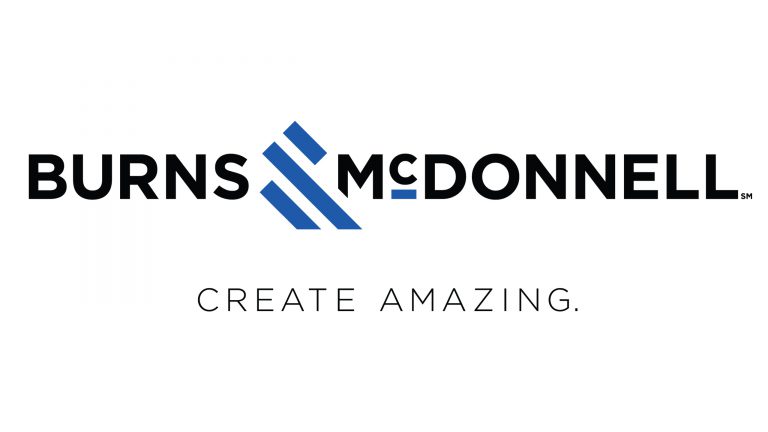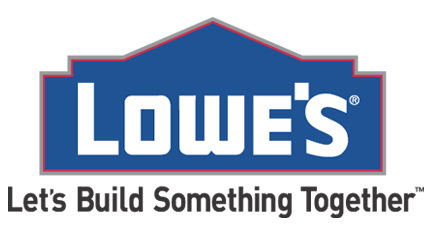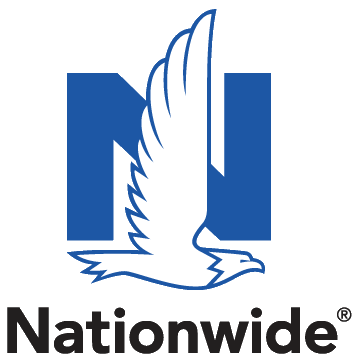Businesses contend with a challenging labor market where nearly half of workers say they’re on the lookout for a better job opportunity. One poll of nearly 10,000 U.S. workers found that 33% were actively seeking a new gig and 11% would be in the coming months.
Far from a blip, the federal data shows the Great Resignation has legs—more people (48 million) quit their jobs in 2021 than in any previous year.
Exposure to crime, violence, and harassment lowers job satisfaction and increases turnover. From healthcare to retail to airlines, feeling unsafe at work has been cited in industry surveys as a primary reason workers leave their jobs.
‘’As the Great Resignation rolls on, business leaders are struggling to make sense of the factors driving the mass exodus. More importantly, they are looking for ways to hold on to valued employees,’’ noted researchers at the MIT Sloan School of Management. Higher pay certainly helps in that regard, and many employers have felt compelled to boost salaries to keep good workers. But it’s not the most important action for keeping staff, according to their study.
The primary driver of today’s work exodus is a toxic work environment, which is ‘‘by far the strongest predictor of industry-adjusted attrition and is 10 times more important than compensation in predicting turnover,” the study concluded.
It suggests a role for worker protection in retaining staff. Workers are far less likely to describe their workplace as toxic if they believe their personal safety and security are a top priority of company management.
Exposure to crime, violence, and harassment lowers job satisfaction and increases turnover. From healthcare to retail to airlines, feeling unsafe at work has been cited in industry surveys as a primary reason workers leave their jobs.
The results build on findings from a past survey by the Society for Human Resource Management in which 50% of workers identified “feeling safe in the work environment” as a “very important aspect” of their job satisfaction. Indeed, feeling safe was discovered to be more determinative of workers’ happiness than other aspects that are typically thought to be more important to them, including recognition by management, job autonomy, and how well they get along with their boss.
Retention Minded Security
An effort to understand workers’ exposure to violence isn’t the result of a single hazard assessment but a series of them, each of which focuses on a set of factors that affects the risks that employees face. These include evaluating the risks posed by the nature of the work your employees do, previous experiences with violence at your business and assessing whether any employees are likely to engage in acts of violence.
Assessing hazards posed by the physical environment is a critical part of this process and is often where businesses are told to start. Consider both the inside and outside of the work setting, including entry and access points, reception and other shared areas, and the geographic area in which the facility is located (for example, a rough neighborhood in an urban area). Physical characteristics to be considered within each area might include lighting levels; entry and access controls, such as locks and card entry devices; alarms; cameras; mirrors, sight lines; physical obstructions; and potential hiding places.
It is important—when assessing security with an eye on employee retention—to look beyond a company’s perimeter. To employees, a “workday” doesn’t begin when they arrive at the facility’s front door, it includes their journey. As such, employers need to assess the safety of areas around the workplace and identify any feasible actions that might improve workers’ sense of safety.
It is important—when assessing security with an eye on employee retention—to look beyond a company’s perimeter. To employees, a “workday” doesn’t begin when they arrive at the facility’s front door, it includes their journey. As such, employers need to assess the safety of areas around the workplace and identify any feasible actions that might improve workers’ sense of safety.
Parking areas are a prime example. Violent crime is more likely to occur in a parking facility than in any other commercial facility, according to research by the National Institute of Justice. At colleges, they account for more than a quarter of all assaults on students, according to the FBI.
Parking area security assessments should become a regular part of an organization’s violence prevention program. Changes can easily occur, such as in the safety of adjacent areas, which will alter the risk of parking area crime and the security measures that are necessary to prevent it. Organizations should evaluate their parking area security plan every year.
Companies have a clear duty to provide “reasonable” measures to protect against parking area crime and to keep the property in good repair, but courts have shown they can take a broad view of an organization’s duty, which may extend beyond parking facilities over which it has direct control. If a company subsidizes employee parking at an area facility, for example, it could be held liable if an employee suffers an injury at that facility.
For legal, moral, and employee-retention reasons, companies should conduct their own security assessment of any parking facility in which they direct employees to park. Even if an organization simply suggests to a new employee where he or she can park for work, it should be confident that it is an area where the employee can park safely.
If workers are likely to be walking from a nearby transit station, that, too, is something to consider. Depending on an area’s crime risk score, a business might choose to offer security escorts to it or organize a buddy system so that workers don’t have to walk alone in an unsafe area. A few years ago, when commuting students at Temple University were being victimized in a dodgy area near the rail station closest to the school, security officials constructed a permanent security kiosk near the station that proved to reduce crime events by 80% in the surrounding area. More recently, the university initiated a program to provide funding to nearby off-campus landlords to install security cameras and lighting.
Field workers deserve similar consideration, as described in safety checklists provided by OSHA. It reminds employers, for example, that businesses should provide workers with alternative routes so they can avoid neighborhoods with high crime risks.
Key Takeaway
Studies suggest that security can be an important aspect of an employee-retention program. By understanding crime risk scores and in order to take appropriate actions to protect staff, companies may prevent workers from joining the growing ranks of job seekers. This can extend to efforts to ensure safety and security for employees during their commute.
Contact CAP Index now to DISCUSS HOW CRIMECAST REPORTS CAN HELP KEEP YOUR WORKPLACE SAFER
Get in Touch Now
Our experts can answer your questions.
Latest Posts

CAP Reports are critical to my risk assessments. They have enabled us to take a more surgical approach to investing in our stores that need it the most.
Brad Reeves
Senior Manager of Asset Protection
Five Below, Inc.

CAP Index is the first tool I turn to when time is of the essence. I can always depend on CAP Index to provide me qualified crime information within a very few minutes that I feel comfortable reviewing with the C-Suite.
Stephen A. Brown, CPP
Director, Corporate Security / Facility Security Officer
Burns & McDonnell

CAP Index data is a vital part of our security decision-making process.
Keith McGlen, CPP, CHPA
Associate Vice President
System Security Services
Memorial Hermann Health System

CRIMECAST® Reports have helped our organization for many years to proactively assess the particular risk for crime surrounding our facilities. The CAP Index® CRIMECSAST Platform is an easy-to-use online service that provides us with the flexibility to share and decentralize crime risk data within our North America business units.
Carlos J. Cortez,
Manager, Global Security Programs,
Kraft Foods, Inc. / Mondelez International

Our property selectors are not discouraged from a site just because it receives a high score. What we do is issue every store – all of them – a security classification. The classification determines how we allocate our security resources to that store.
Claude Verville,
Lowe’s

CAP Index's online platform, CRIMECAST, is great. It is easy to use and quick!
Ken Wieczorek,
Bank of America

In industries where there is high public contact and a customer is coming to our location (such as retail), why would you leave it to chance when planning security when there is an easy, affordable tool? When investing a million dollars on a location, what is this small charge compared to what it may cost you when you get sued?
Jay Beighley,
Nationwide Insurance

CAP Index assessments are a must for anyone engaged in asset protection. The new website is much improved and as important, easy to navigate.
Bruce List,
The Williams Companies

We have been using CAP Index for a few years and include it in our security vulnerability assessments. Highly recommend it.
Dan Yaross
Director, Protective Services
Nationwide Children's Hospital
 Sample CRIMECAST Reports
Sample CRIMECAST Reports